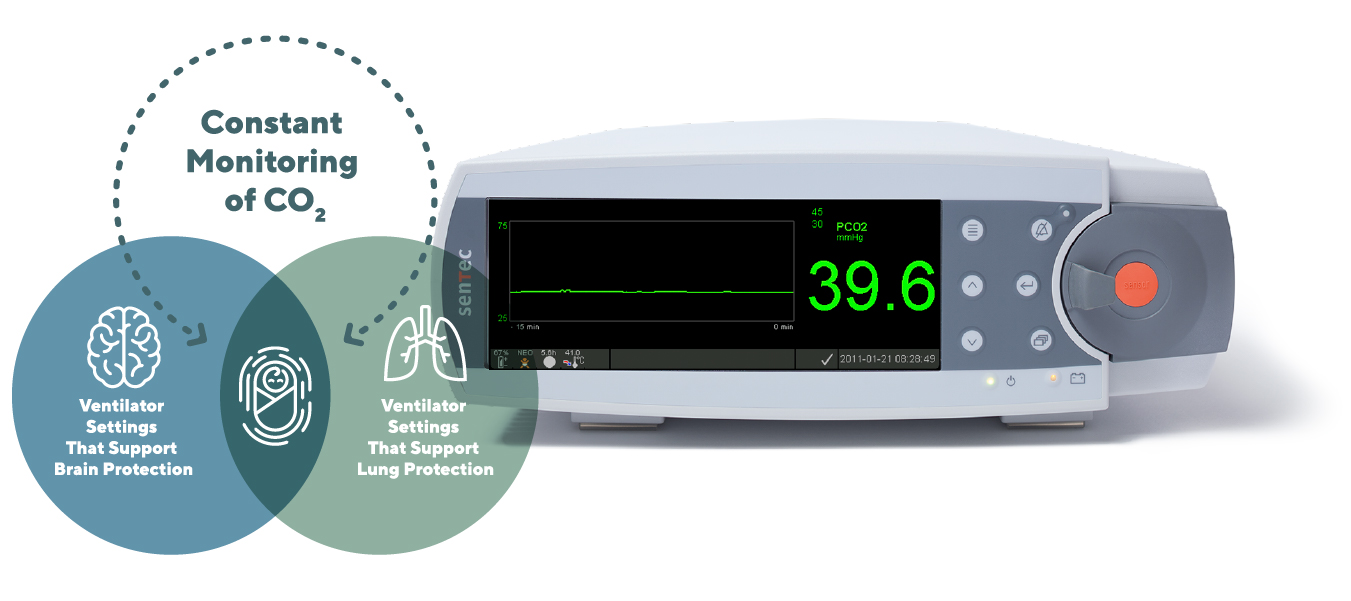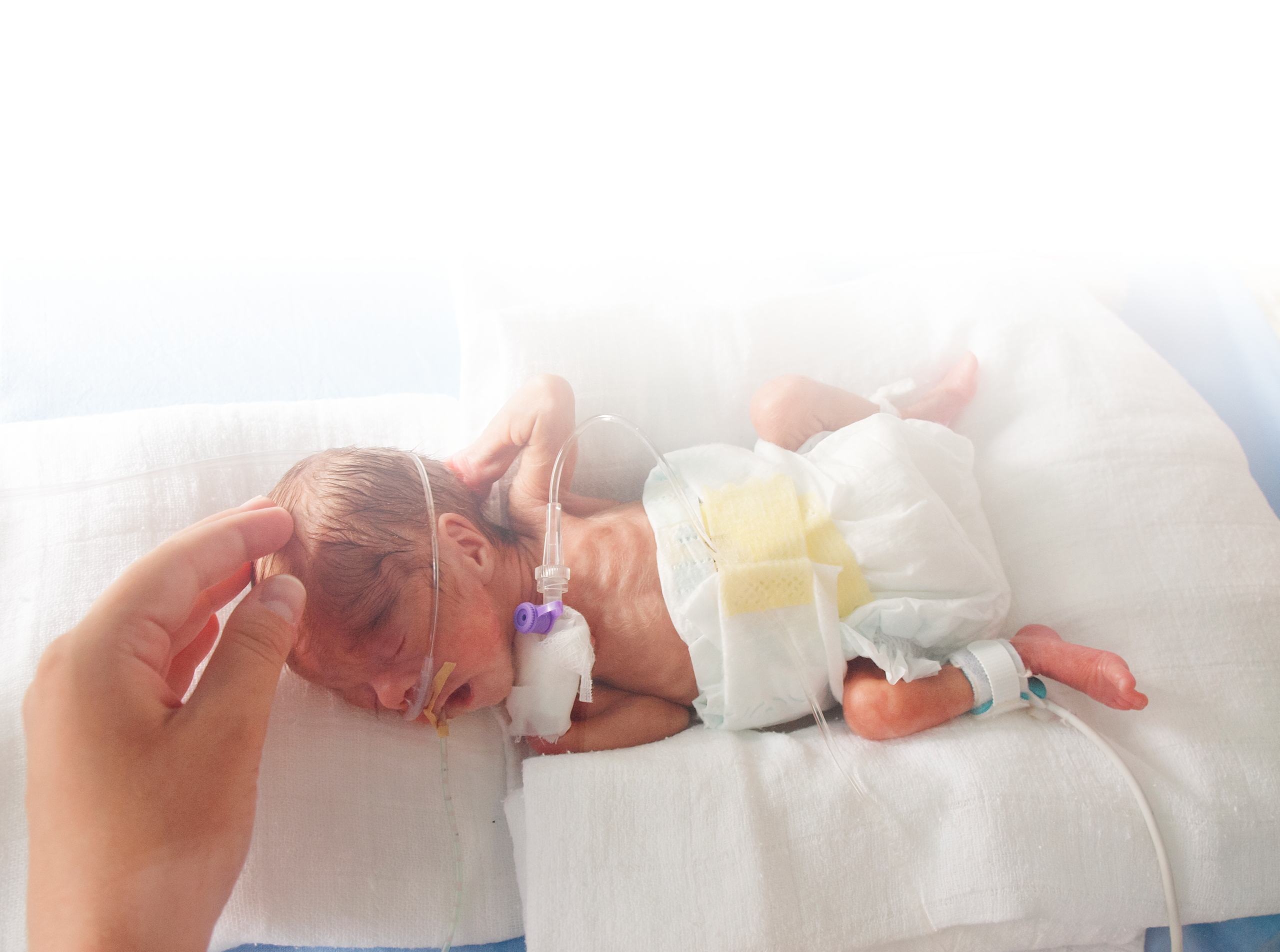TRANSCUTANEOUS MONITORING (TCM)
Optimize ventilation while reducing blood draws
Continuous, accurate CO2 values that help titrate ventilation and deliver less invasive care through blood draw reduction.
ELECTRICAL IMPEDANCE TOMOGRAPHY (EIT)
Assess regional lung function at the bedside
Real-time regional lung function images inform ventilation strategies to help clinicians personalize care and achieve optimal outcomes.

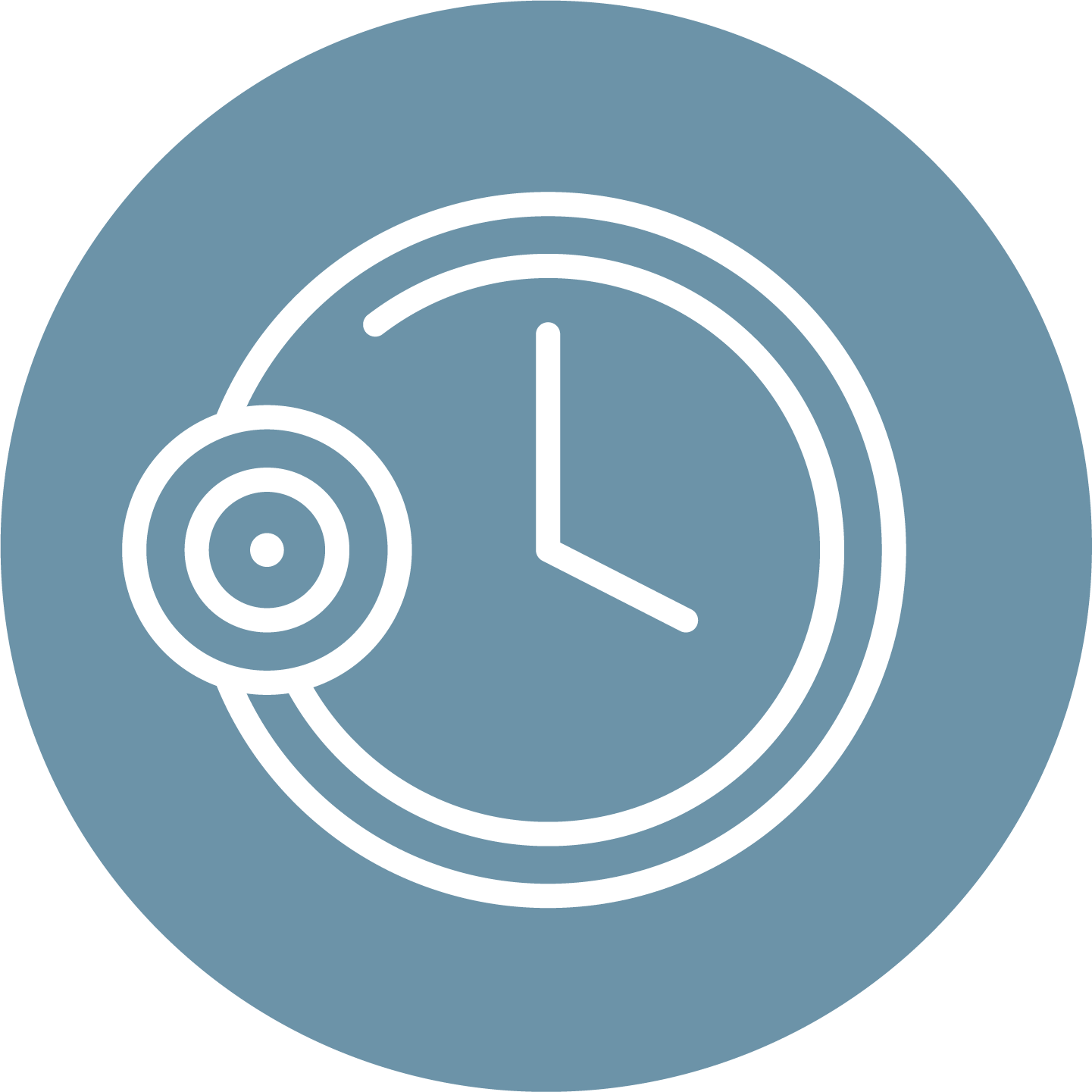
Cluster care
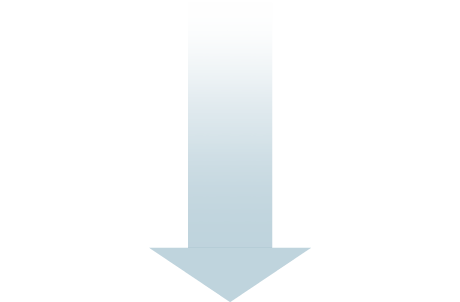
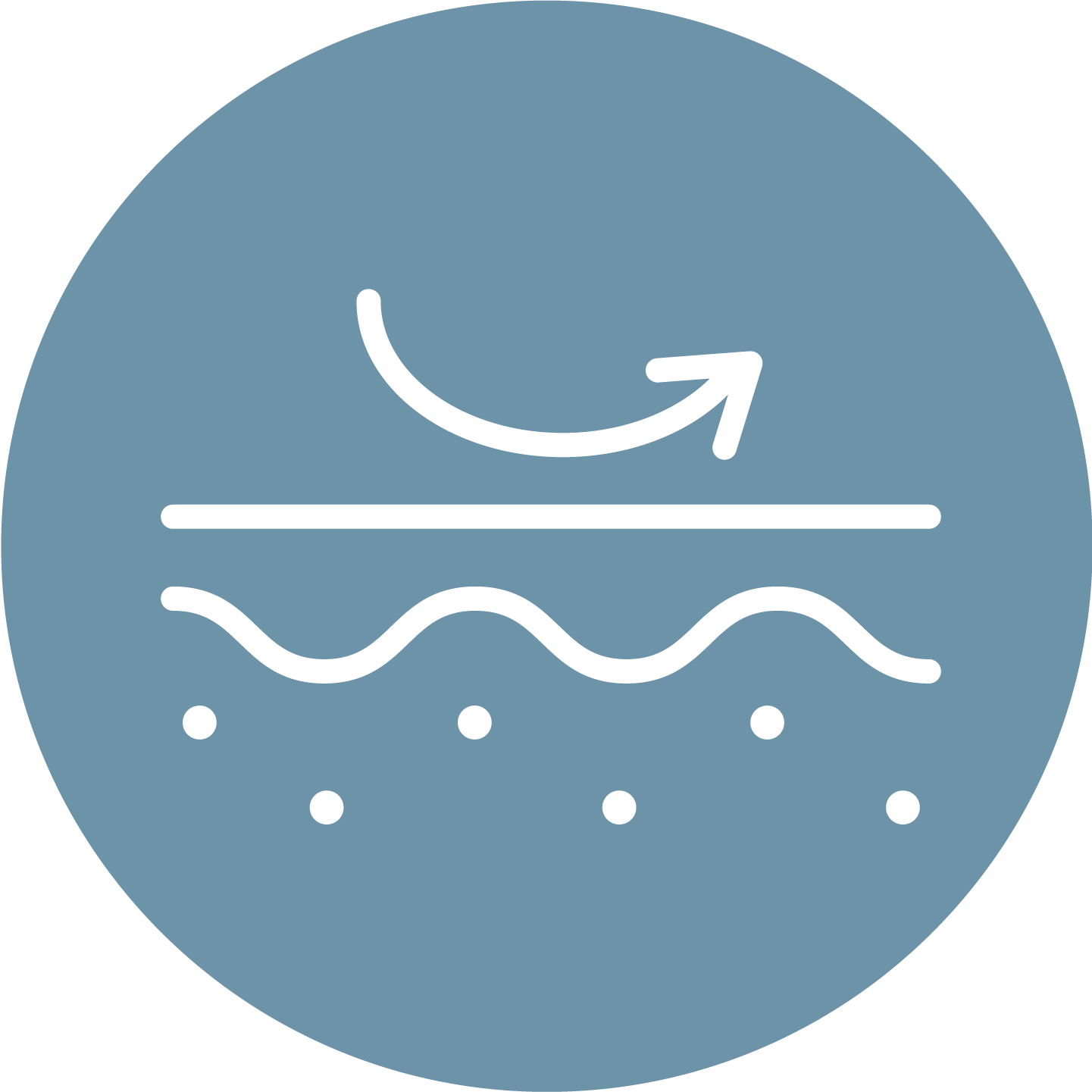
Preserve skin integrity

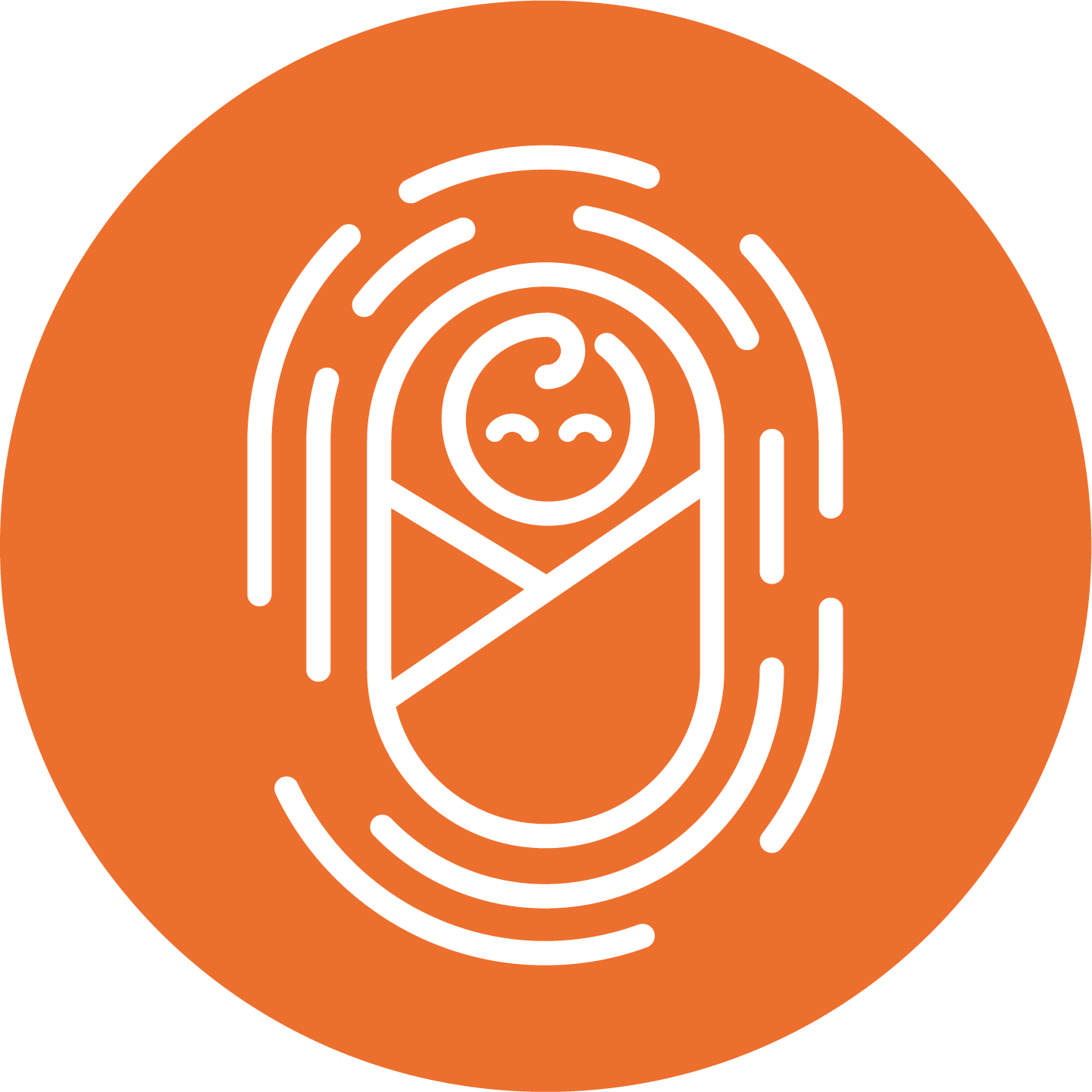
CO2 monitoring can help clinicians determine effective ventilatory support

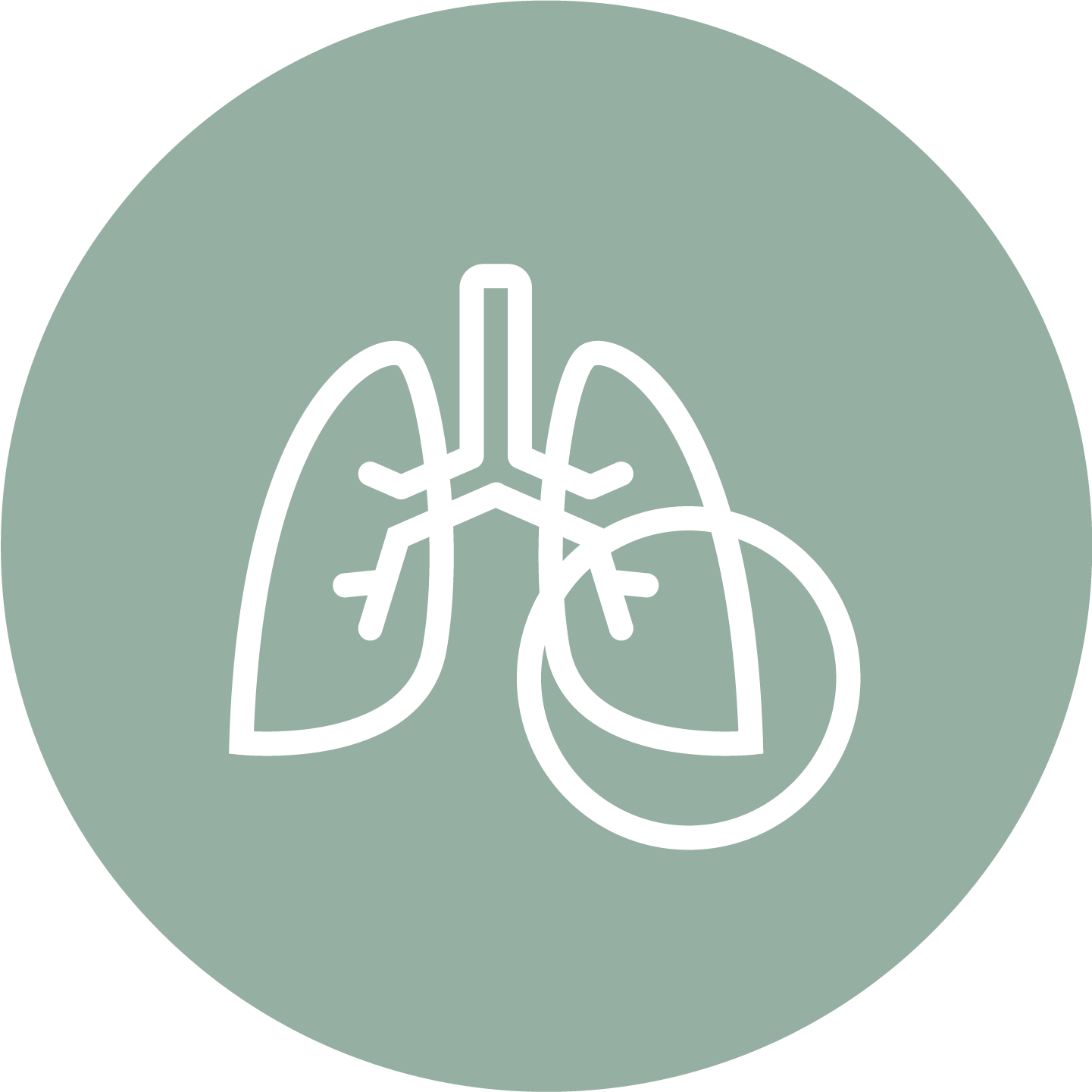
Characterize regional lung function

Deliver personalized respiratory support

Cluster care

Preserve skin integrity

Deliver gentle, effective ventilation

Characterize regional lung function
Deliver personalized respiratory support

Deliver gentle, effective ventilation
Benefits for Patients
Benefits for Providers
Benefits for Facilities
The Drawbacks of Blood Draws: Transcutaneous Technology Can Help
The implementation of transcutaneous monitoring in one NICU was associated with a 25% decrease in blood draws on ventilated patients.1 Learn more below about why reducing blood draws is an important initiative in neonatology.
Balancing Brain & Lung Protection in the NICU with Transcutaneous CO2 Monitoring
Blood draws for lab work are well-established as one of the main drivers of anemia of prematurity leading to a high rate of transfusion in the NICU. Learn more about the problem and how transcutaneous monitoring can be part of the solution.
Challenging Patients, Limited Visibility: Prioritizing NIV in the PICU
Blood draws for lab work are well-established as one of the main drivers of anemia of prematurity leading to a high rate of transfusion in the NICU. Learn more about the problem and how transcutaneous monitoring can be part of the solution.
- Mukhopadhyay S, Maurer R, Puopolo KM. Neonatal Transcutaneous Carbon Dioxide Monitoring–Effect on Clinical Management and Outcomes. Respir Care. 2016;61(1):90-97. doi:10.4187/respcare.04212
Explore TCM Products & Support
Learn more about transcutaneous monitoring technology or view our product resource library to support an existing system.
IPV THERAPY IN NEONATAL AND PEDIATRIC CARE
Airway clearance therapy for the delicate lungs of neonates and children
Sentec IPV Therapy is an effective, safe, and well-tolerated airway clearance therapy that restores gas exchange capacity for diverse respiratory patients. Adjustable settings place control in caregivers’ hands, enabling safe, customized therapy for patients in the NICU and PICU.
IPV THERAPY
IN NEONATAL AND PEDIATRIC CARE
Airway clearance therapy for the delicate lungs of neonates and children
Sentec IPV Therapy is an effective, safe, and well-tolerated airway clearance therapy that restores gas exchange capacity for diverse respiratory patients. Adjustable settings place control in caregivers’ hands, enabling safe, customized therapy for patients in the NICU and PICU.
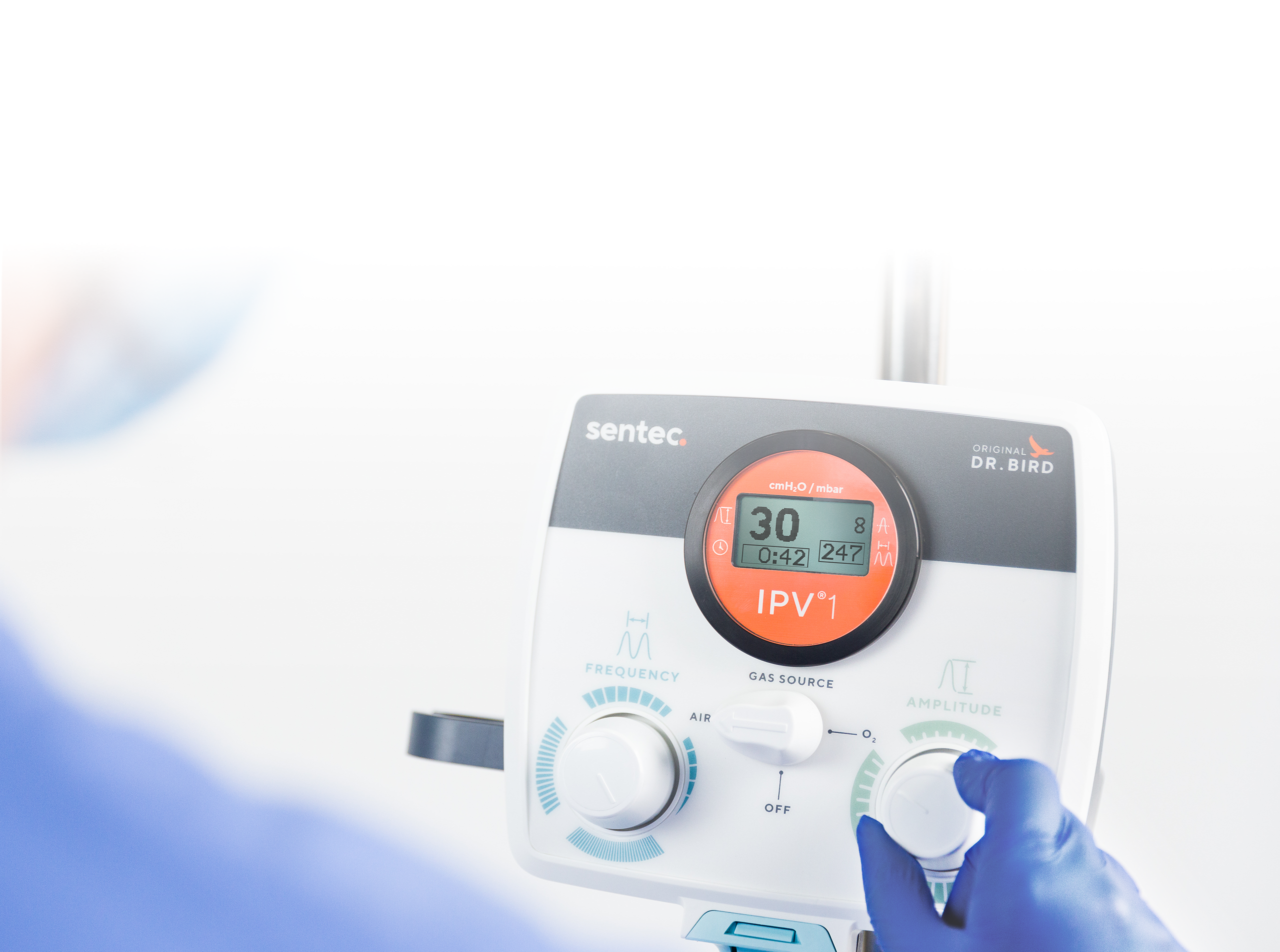
Benefits for Patients
Benefits for Providers
Benefits for Facilities
EIT IN THE NICU
Real-time regional lung function monitoring at the bedside
The LuMon™ System enables clinicians to assess regional lung function in neonates continuously at the bedside without radiation exposure.
The LuMon™ System received an EC certificate in June 2020. The LuMon™ System is not currently for sale in the United States. Contact us to be notified when products become available in the US.
EIT IN THE NICU
Real-time regional lung function monitoring at the bedside
The LuMon™ System enables clinicians to assess regional lung function in neonates continuously at the bedside without radiation exposure.
The LuMon™ System received an EC certificate in June 2020. The LuMon™ System is not currently for sale in the United States. Contact us to be notified when products become available in the US.

Benefits for Patients
Benefits for Providers
Benefits for Facilities
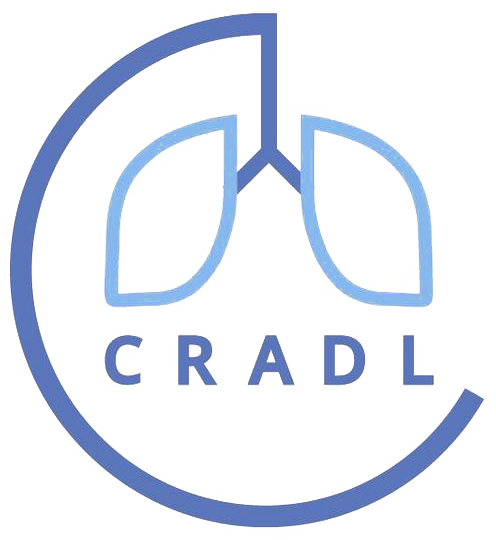
The LuMon™ Belts, Sentec’s textile EIT belts for neonates/infants, were clinically validated in a multi-center study on 200 neonates and infants (mean gestational age of 31±5 weeks; range: 24-42 weeks) within the European Union Horizon 2020 CRADL project, of which Sentec was part.
Explore EIT Products & Support
Learn more about electrical impedance tomography or view our product resource library to support an existing system.

The LuMon™ Belts, Sentec’s textile EIT belts for neonates/infants, were clinically validated in a multi-center study on 200 neonates and infants (mean gestational age of 31±5 weeks; range: 24-42 weeks) within the European Union Horizon 2020 CRADL project, of which Sentec was part.
Explore EIT Products & Support
Learn more about electrical impedance tomography or view our product resource library to support an existing system.

The LuMon™ Belts, Sentec’s textile EIT belts for neonates/infants, were clinically validated in a multi-center study on 200 neonates and infants (mean gestational age of 31±5 weeks; range: 24-42 weeks) within the European Union Horizon 2020 CRADL project, of which Sentec was part.
Explore EIT Products & Support
Learn more about electrical impedance tomography or view our product resource library to support an existing system.
